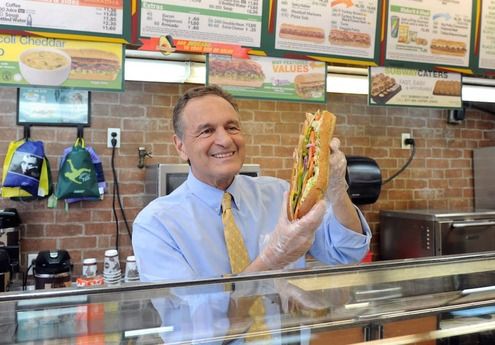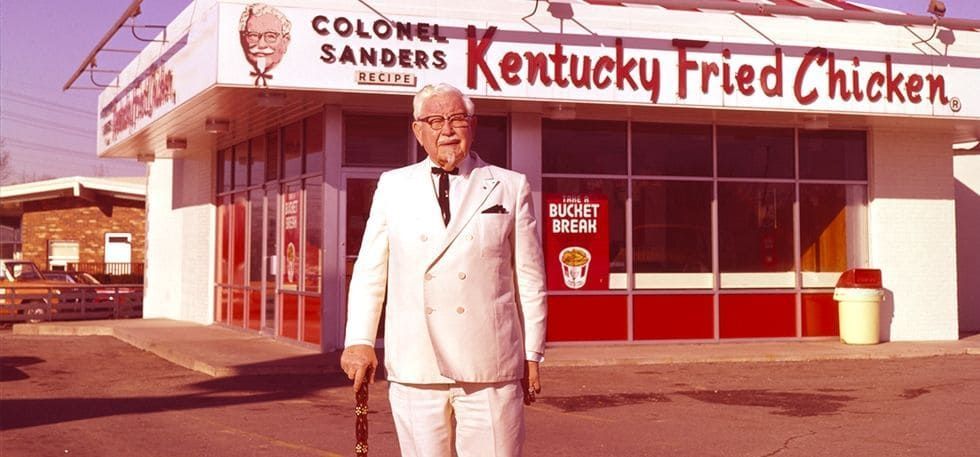Founded in 1965, Subway has become one of the most famous an d popular sandwich shops all over the world with total over 37,000 stores. It used to be just a sandwich shop in Connecticut, but to our surprise, it has developed to a sandwich empire of the globe and locates in more than one hundred counties. Subway is not just about sandwiches, it is a story about innovation, adaptability, and commitment companies to serve fresh, spec-ready meals for millions of customers worldwide.
A Brief Guide to Construction Jobs

1. A Sandwich Revolution Is Born
Subway was started by teenager Fred DeLuca and Dr. Peter Buck, a family friend. With a $1,000 loan from Buck, DeLuca started “Pete’s Super Submarines” in 1965 to help pay for his college tuition. Submarine was named after the long, cylindrical shape of the sandwiches similar to submarines. Definitely but the shop struggled at first, until 1968, when the pair opened a second location and began franchising, paving the way for Subway's explosive growth.
2. Building the Franchise Model: A Recipe For Success
The franchise model is one of the strongest points for Subway. While other big names in fast food demanded extensive up-front investment Subway's minimal startup and low operational overhead made the brand relatively easy to open. The strategy saw the brand explode, particularly in the late 80s and early 90s, becoming one of the fastest-growing franchises on the planet. With an emphasis on fresh ingredients, made-to-order sandwiches and a “healthier” fast food choice, Subway found a point of difference in the crowded world of food.
3. Innovation and Adaptability
Subway was able to move with the times, and its success owes as much to this as any other thing. In the 1990s, the brand unveiled its signature “Eat Fresh” slogan that was meant to showcase its utilization of fresh vegetables, regular lean meats, and freshly baked bread. This appealed to health-conscious diners, distinguishing Subway from conventional fast-food joints. Over the years, the menu expanded to include salads, wraps and breakfast, attracting a time-strapped and diverse clientele.
Subway hopped on the trend with the addition of offering customers their million own custom-built sandwiches with an expanded selection of bread, toppings, and sauces. Not only did it improve the consumer experience, but it also developed popularity to creativity and personality.
4. Global Expansion and Challenges
Subway's global expansion began in the 1980s; its first international restaurant opened in Bahrain. Nonetheless, it continues to be present in many markets including the United States, Canada, India and Australia. Its comfort with local palates — paneer sandwiches in India, teriyaki chicken in Japan — has been a major piece of its global triumph.
But Subway has struggled in recent years, facing heightened competition and changing consumer tastes — and some disgruntled operators. In response, the company has embarked on a sweeping re-branding effort which has included new store design and, better still, a menu, and a focus on digital ordering and delivery services. These efforts are designed to refresh the brand and reestablish its leadership in the fast-food space.
5. A Legacy of Freshness and Customization
From a small sandwich shop to a global powerhouse, this company has changed the way we eat on the go. The Original SUB and its dedication to fresh ingredients, customizable choices, and customer-first philosophy have become permanent fixtures in the fast-food world. And while the brand is constantly changing and adapting, there is one thing that hasn't changed at all, its goal of being the best at providing delicious, fresh, and filling meals to customers around the world. Whether you are craving a classic BMT or a veggie-packed sub, Subway's legacy as the ultimate sandwich destination is here to stay. And more delicious food from Subway is waiting for you.


Guess you like
-

Ways to Choose Canadian Rockies Tour Packages
-

TECNO Released Triple-Fold Phone Under the Help of TIANMA
-

Finland Launched Europe's First 50-Qubit Quantum Computer
-

From a California Burger to World’s Largest Fast Food Restaurant
-

Vacation Rental Sites: Revolutionizing Travel Accommodations
-

Should All Girls Be Vaccinated Against HPV?
Trending
-
1

Kim Kardashian vs. Kylie Jenner: A Deep Dive Into Which Beauty Empire Deserves Your Money
-
2

Finding the Perfect Foundation for Students: Gentle, Affordable, and Skin-Friendly Options
-
3

Avoid These Kylie Cosmetics Products: A Honest Review
-
4

Why Has Dior 999 Remained an Iconic Lipstick for Decades
-
5

Why Can Chanel No. 5 Endure Forever Among So Many Perfumes
-
6

Best Makeup Foundations for Flawless and Radiant Skin
Featured?Articles
-

Kim Kardashian vs. Kylie Jenner: A Deep Dive Into Which Beauty Empire Deserves Your Money
-

Finding the Perfect Foundation for Students: Gentle, Affordable, and Skin-Friendly Options
-

Avoid These Kylie Cosmetics Products: A Honest Review
-

Why Has Dior 999 Remained an Iconic Lipstick for Decades
-

Why Can Chanel No. 5 Endure Forever Among So Many Perfumes
-

Best Makeup Foundations for Flawless and Radiant Skin


